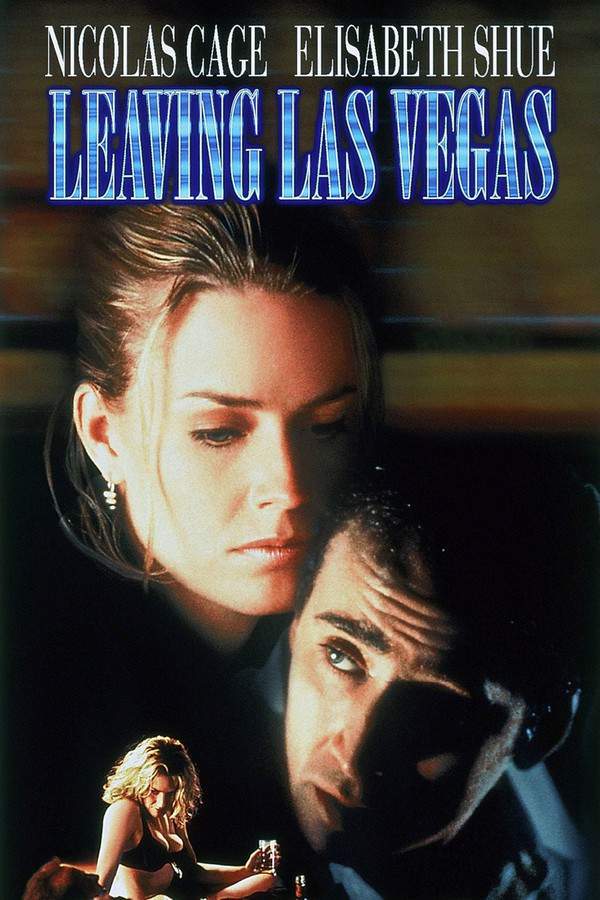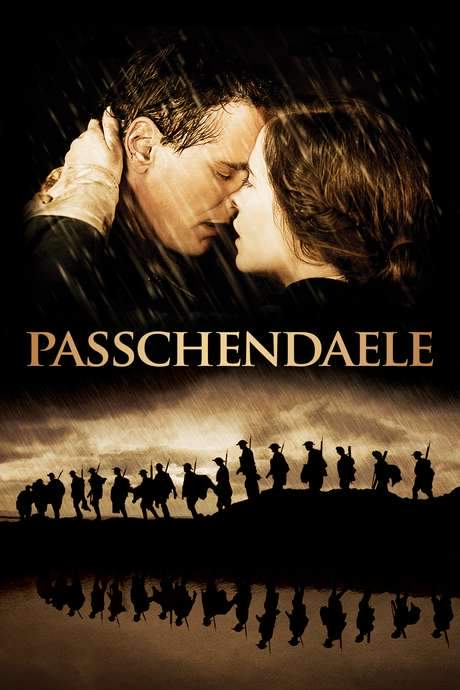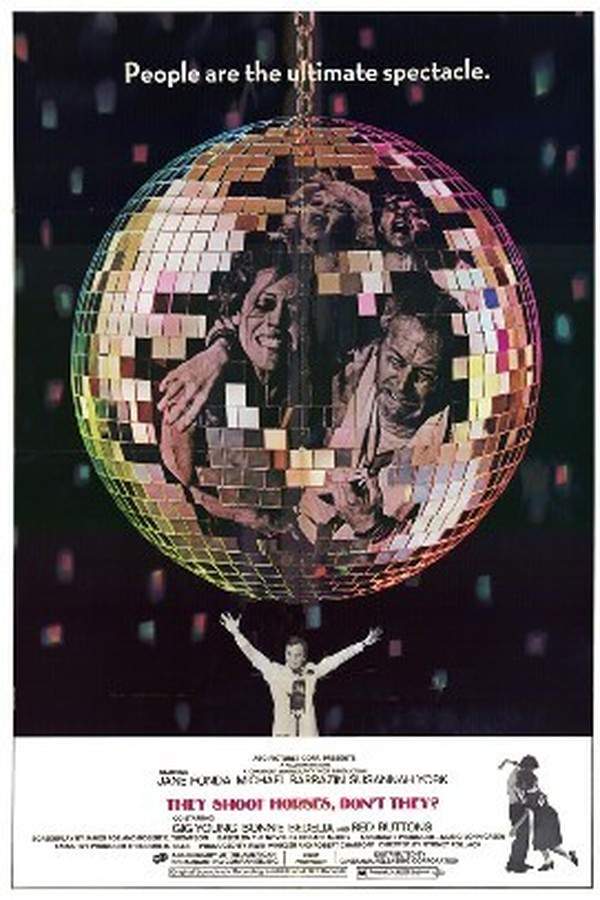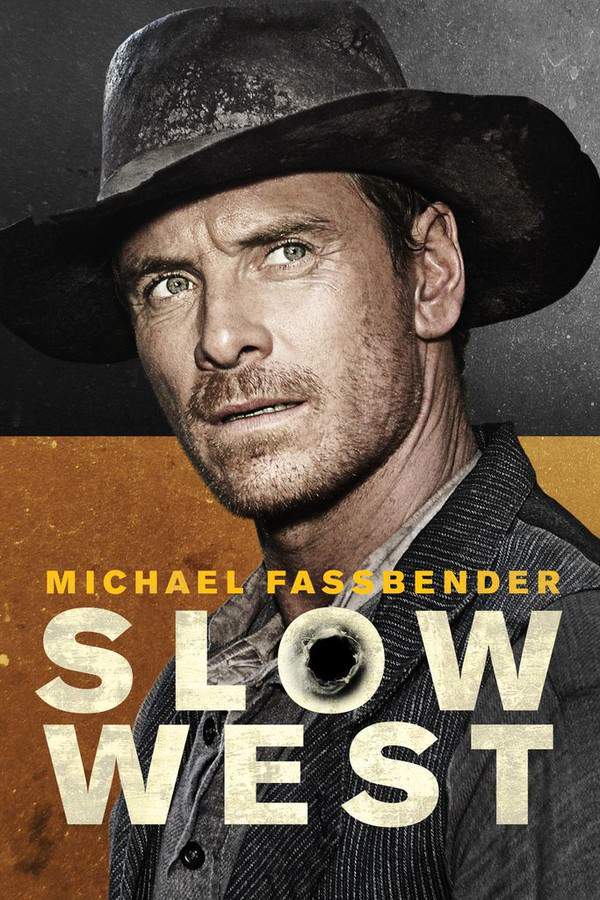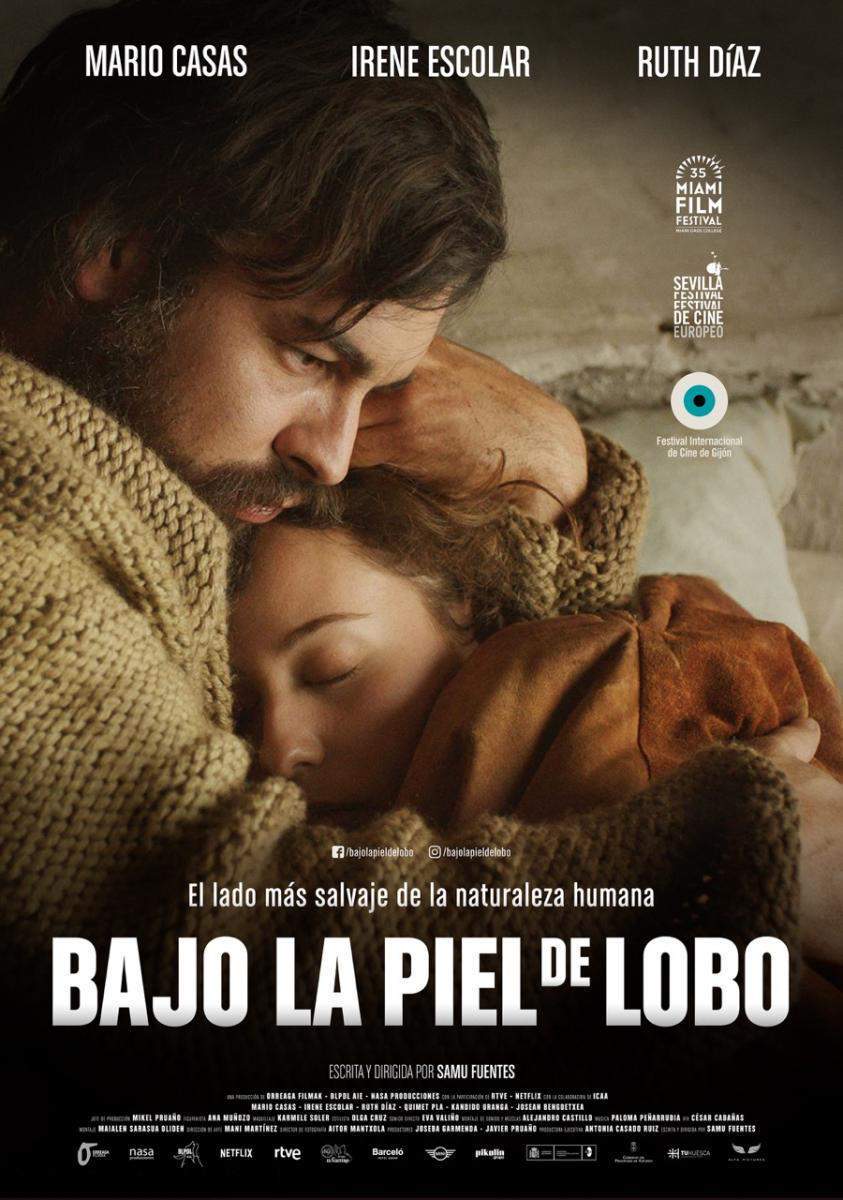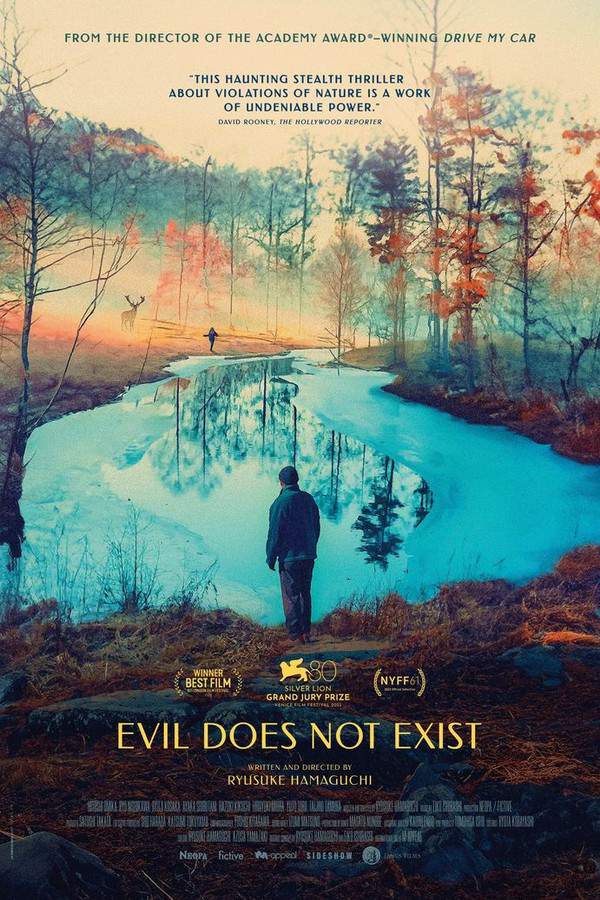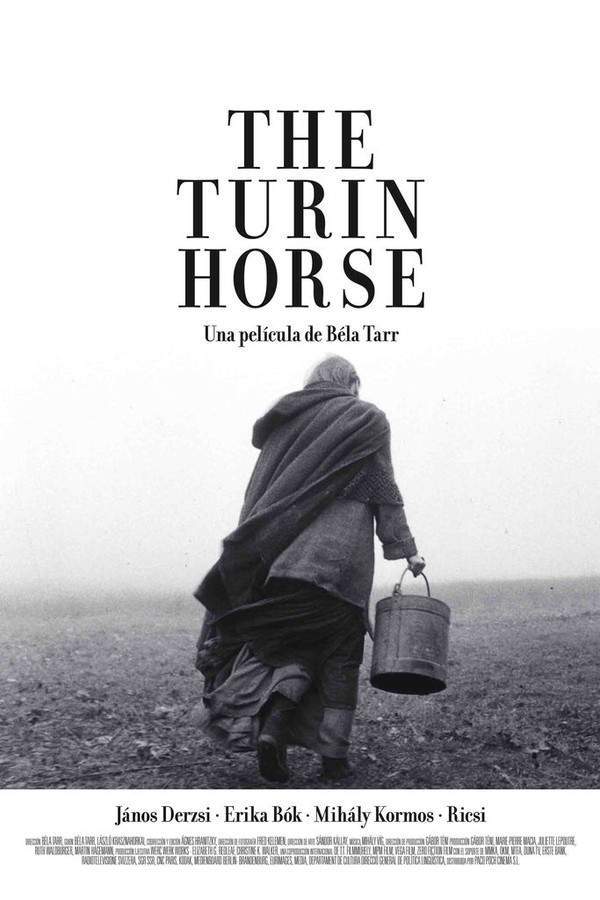
Love for Life
Year: 2011
Runtime: 101 mins
Language: Chinese
Director: Gu Changwei
In a remote Chinese village ravaged by an HIV outbreak caused by illegal blood trading, De Yi and Qinqin are each ostracized by their families because of the disease. Through their shared hardship, they form a deep bond and unexpectedly fall in love.
Warning: spoilers below!
Haven’t seen Love for Life yet? This summary contains major spoilers. Bookmark the page, watch the movie, and come back for the full breakdown. If you're ready, scroll on and relive the story!
Love for Life (2011) – Full Plot Summary & Ending Explained
Read the complete plot breakdown of Love for Life (2011), including all key story events, major twists, and the ending explained in detail. Discover what really happened—and what it all means.
Once there was a village called ‘Goddess Temple’, high up in the mountains.
Once there was a fever that the world called AIDS. It snuck into our village softly and everyone who got it died like falling leaves.
In this haunting, small-world tragedy, a peaceful rural life is upended by a deadly fever that locals simply call a fever. The disease reveals itself as incurable and merciless, yet the villagers struggle to respond with dignity and care. At the center of the unfolding moral drama is Lao Zhuzhu, a teacher who already bears the weight of the crisis: his own son, Zhao Deyi, has helped cause the outbreak through blood commerce, and now the family and the community must reckon with that guilt as they confront illness and fear. Lao Zhuzhu makes a radical choice to bring all the infected to the abandoned village school so they can look after one another, a decision made in the name of solidarity and responsibility. His plan is not just about shelter; it’s a bid to create a fragile, imperfect family in a community that has turned wary and hostile toward those touched by the fever.
Into this tense, grieving world steps Shang Qinqin, donning a striking red jacket that makes her presence immediately felt. Her arrival unsettles the quiet already fractured by illness and suspicion. The red jacket becomes a symbol throughout the story—a beacon of life, desire, and danger in equal measure. Soon a theft disrupts the fragile balance: Qinqin’s jacket vanishes, and the village is ready to accuse and condemn without a trace of confession. The group votes to let the thief return the item at night when all sleep, a plan that never comes to fruition. A second theft follows, this time the Village Head’s diary and some money disappear, deepening the sense that the fever has infected more than bodies—it has infected trust itself. Zhao Deyi calls for a search of everyone’s belongings, hoping to unveil the thief, but the real revelation lies elsewhere: Qinqin’s red jacket is found among Old Bump’s things, and the Village Head’s diary remains missing. Then the Village Head dies in his bed, clutching the diary, a grim reminder of how fragile life has become in the fever’s shadow.
Living side by side in the deserted school, Qinqin and Zhao Deyi form a surprising bond born from shared rejection and vulnerability. Their mutual empathy gradually blossoms into a romance that defies the social fault lines around them: both have been pushed out by the fever and by fractured marriages, and their growing closeness becomes a lifeline. The romance storms into trouble when Qinqin’s husband, Xiaohai, is tipped off by two other villagers and bursts in to confront the affair. He forces Qinqin to leave, and she is sent back to her in-laws, who demand a divorce only after Xiaohai finds a new wife. In response, Deyi and Qinqin move to a small hilltop cottage and chart a precarious life together, living beneath the cold judgment of neighbors who view their union as a scandal rather than a miracle born of hardship.
Deyi asks for a chance to marry Qinqin properly, and they press Lao Zhuzhu to help secure a divorce from Qinqin’s in-laws. The condition from Xiaohai is harsh: Deyi must be prepared to give up the house he once shared with his late wife Haoyan. The two lovers press forward, and soon they move back to Deyi’s home while waiting for a city official to restore their marriage licenses. When the moment finally arrives and they walk the village streets as a newly married couple, they do so in bright red—the couple carrying their marriage license and handing out lucky candies to villagers who scurry away in fear or curiosity. Their bold display—colorful, hopeful, almost defiant—emerges as a quiet protest against the stigma that surrounds their relationship, a testament to the stubborn human urge to love even when the world insists on scorn.
Yet the world around them remains deeply unsupportive. They persist, determined to build a life together despite the scorn and the lack of communal blessing. Then winter arrives with brutal force, and Deyi falls suddenly ill with a high fever. In a desperate bid to ease his suffering, Qinqin immerses herself in a tub of icy water, a harrowing act of care that underscores the depth of her devotion. The morning after, Deyi stirs, weak but hopeful, and reaches for Qinqin—only to find her lying on the floor by the bed, cold as the frost outside. The film leaves us with a stark, aching image: a love sealed in the face of poverty, judgment, and illness, and a life cut short at the moment when the world most needed its warmth.
This story probes what communities owe to the vulnerable, how guilt can both fracture and bind families, and how love can emerge as a fragile yet resilient force even in the bleakest circumstances. It portrays a village wrestling with fear, longing, and moral complexity, painting a portrait of tenderness that survives amid ruin, and a romance that endures even as the fever takes its final toll.
Last Updated: October 03, 2025 at 06:47
Explore Movie Threads
Discover curated groups of movies connected by mood, themes, and story style. Browse collections built around emotion, atmosphere, and narrative focus to easily find films that match what you feel like watching right now.
Movies about tragic love and social stigma like Love for Life
Romantic relationships that blossom amidst overwhelming social stigma and tragedy.If you were moved by the doomed romance in Love for Life, explore other movies like it that feature love stories flourishing under the shadow of societal crisis, terminal illness, or deep prejudice. These films share a heavy emotional weight and a focus on human connection against impossible odds.
Narrative Summary
The narrative typically follows two isolated individuals brought together by a shared affliction or ostracization. Their bond becomes a sanctuary from a hostile world, but the overarching tragedy of their circumstances ensures the relationship is tinged with melancholy and inevitably leads to a sorrowful conclusion. The journey is about finding fleeting moments of happiness within a predetermined tragic arc.
Why These Movies?
Movies in this thread are grouped by their central premise of a romance intrinsically linked to a bleak external reality. They share a somber mood, a heavy emotional weight, and a narrative that prioritizes emotional truth over escapism, exploring how love persists even when hope is lost.
Slow paced rural tragedies similar to Love for Life
Stories of slow, inevitable decline within a close-knit but fractured community.For viewers who appreciated the atmospheric dread and community focus of Love for Life, this section features similar movies about isolated towns grappling with epidemics, secrets, or moral decay. These slow-burn dramas prioritize mood and character over plot, resulting in a profoundly heavy viewing experience.
Narrative Summary
The plot is often straightforward, serving as a vehicle to explore the human condition within a specific, constrained environment. A catalyst event—like an epidemic or a death—reveals the fissures in the community, leading to ostracism, moral dilemmas, and a lingering sense of hopelessness. The story unfolds through the daily struggles of its inhabitants, emphasizing atmosphere over rapid plot twists.
Why These Movies?
These films are connected by their immersive, slow-paced depiction of community-wide tragedy. They share a bleak tone, high emotional intensity, and a setting that feels both specific and universally relatable in its portrayal of human fragility and the breakdown of social structures under duress.
Unlock the Full Story of Love for Life
Don't stop at just watching — explore Love for Life in full detail. From the complete plot summary and scene-by-scene timeline to character breakdowns, thematic analysis, and a deep dive into the ending — every page helps you truly understand what Love for Life is all about. Plus, discover what's next after the movie.
Love for Life Timeline
Track the full timeline of Love for Life with every major event arranged chronologically. Perfect for decoding non-linear storytelling, flashbacks, or parallel narratives with a clear scene-by-scene breakdown.

Characters, Settings & Themes in Love for Life
Discover the characters, locations, and core themes that shape Love for Life. Get insights into symbolic elements, setting significance, and deeper narrative meaning — ideal for thematic analysis and movie breakdowns.

Love for Life Spoiler-Free Summary
Get a quick, spoiler-free overview of Love for Life that covers the main plot points and key details without revealing any major twists or spoilers. Perfect for those who want to know what to expect before diving in.

More About Love for Life
Visit What's After the Movie to explore more about Love for Life: box office results, cast and crew info, production details, post-credit scenes, and external links — all in one place for movie fans and researchers.





